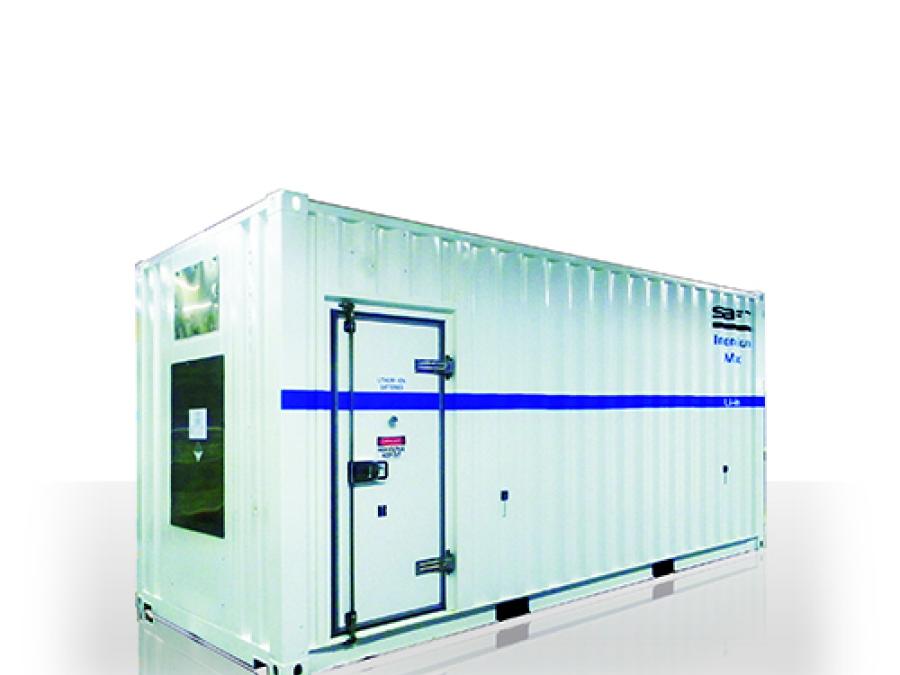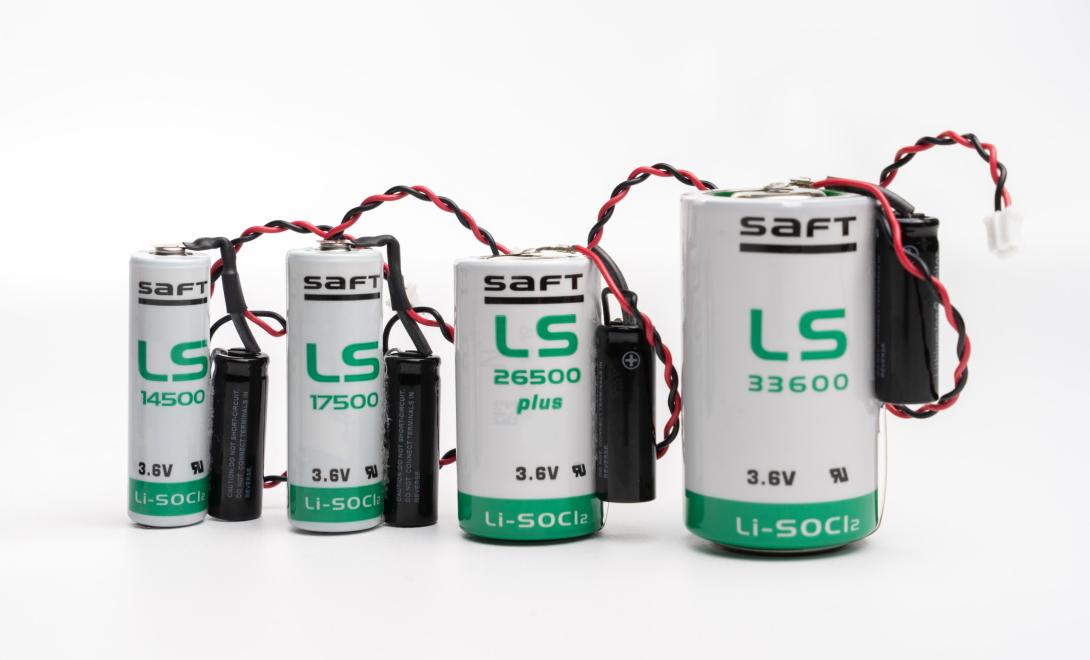
Saft energy storage package will increase hydropower usage for an Alaskan microgrid
Saft is delivering a complete energy storage package, including an Intensium® Max Energy Storage System (ESS) and power conversion, to enable a remote Alaskan city to save diesel fuel by making better use of its abundant hydropower resources.
Enhancing independence and resilience in remote Cordova
Cordova lies at the mouth of the Copper River, a thriving salmon fishing river. With no grid connection, the city relies on a microgrid managed by the Cordova Electric Cooperative (CEC). CEC meets the town’s baseload with run-of-river hydro generators rated at 6 MW and 1.25 MW. In addition, a 1 MW diesel genset provides support for the transition from hydropower during the winter freeze and the peak summer demand.
CEC wanted to install an ESS to improve its resilience, reduce its reliance on imported diesel fuel and make the most of its hydropower in the spring as fish processing plants ramp up production.
Cordova Electric Corporation (CEC) - key facts
- CEC’s microgrid serves 1,566 customers with a single substation and over 125 km of underground distribution. The maximum load is about 7MW.
- Generation capacity includes hydro generators with a total output of 7.25 MW and a 10.8 MW diesel plant.
- Hydropower cost of $0.06/kWh compares with $0.60/kWh for diesel.
- Over 1 MW of hydro capacity can be wasted during the transition from hydro-only operation to hydro and gensets which can last for days at a time.
- CEC will rely on energy storage for additional spinning reserve to maximize hydropower and delay the need to start the gensets.

Managing the seasonal transition
In hydro-only mode, operators control CEC’s grid frequency by diverting part of the water stream away from the turbines to modulate their power output. However, with run-of-river hydro being a use-it-or-lose it resource, deflected water simply flows down the river and the energy is lost.
As workers switch on equipment at the start of the salmon season, CEC transitions from hydro-only to a combination of hydro and diesel generation. With the diesel needing to be run at a minimum output level and some hydro being deflected to maintain spinning reserves, over 1 MW of hydro can be lost during such transition periods.
CEC required an ESS to help offset the use of diesel generators and reduce the spillage of hydropower.
CEC and its consultants carried out modelling with CEC’s generation and load data and identified 1 MW / 1 MWh as the optimum combination of power and energy of the ESS.
The operating philosophy uses the ESS to control the frequency and provide spinning reserve, allowing CEC to make full use of its hydro resources. When the ESS State of Charge (SOC) drops below 30 percent, the genset will start at its minimum output to meet demand and charge the battery. If the SOC reaches 70 percent, the diesel will shut down. While if the net load increases above the 400 kW minimum output of a diesel genset it will take over frequency management.
Saft ESS and power conversion package
- ESS rated at 1 MW power with 1 MWh storage capacity
- Specification based on CEC’s recorded generation and consumption data
- Power converter based on ABB technology
- Housed in standard sized containers
- High-speed controller integrates with grid
- Incorporates battery management, active cooling, monitoring and power and communication interfaces
Saft ESS solution – key benefits
- Technology proven in operation in other Alaskan projects
- Readily transportable for shipping to Cordova
- Modelling provided certainty of performance and financial payback
- Estimated fuel savings of 35,000 gallons (135,000 liters) per year
- Designed for optimized Life Cycle Cost (LCC)

As utility manager of an electric cooperative and city mayor, holistic thinking is a key to success. The ESS will free up 500 kW of hydro capacity by providing spinning reserve, charging with hydro and discharging with diesel, effectively providing microgrid arbitrage, provide UPS or black start capabilities, and be used in zonal microgrids within our own system. This ‘Swiss army knife’ of options made Saft’s ESS the preferred short-term strategy to reduce costly diesel fuel use
Related content
Stories, Media & Events
<p>To ensure we can respond as efficiently as possible, please complete this form which will be delivered to our team of experts.</p>

